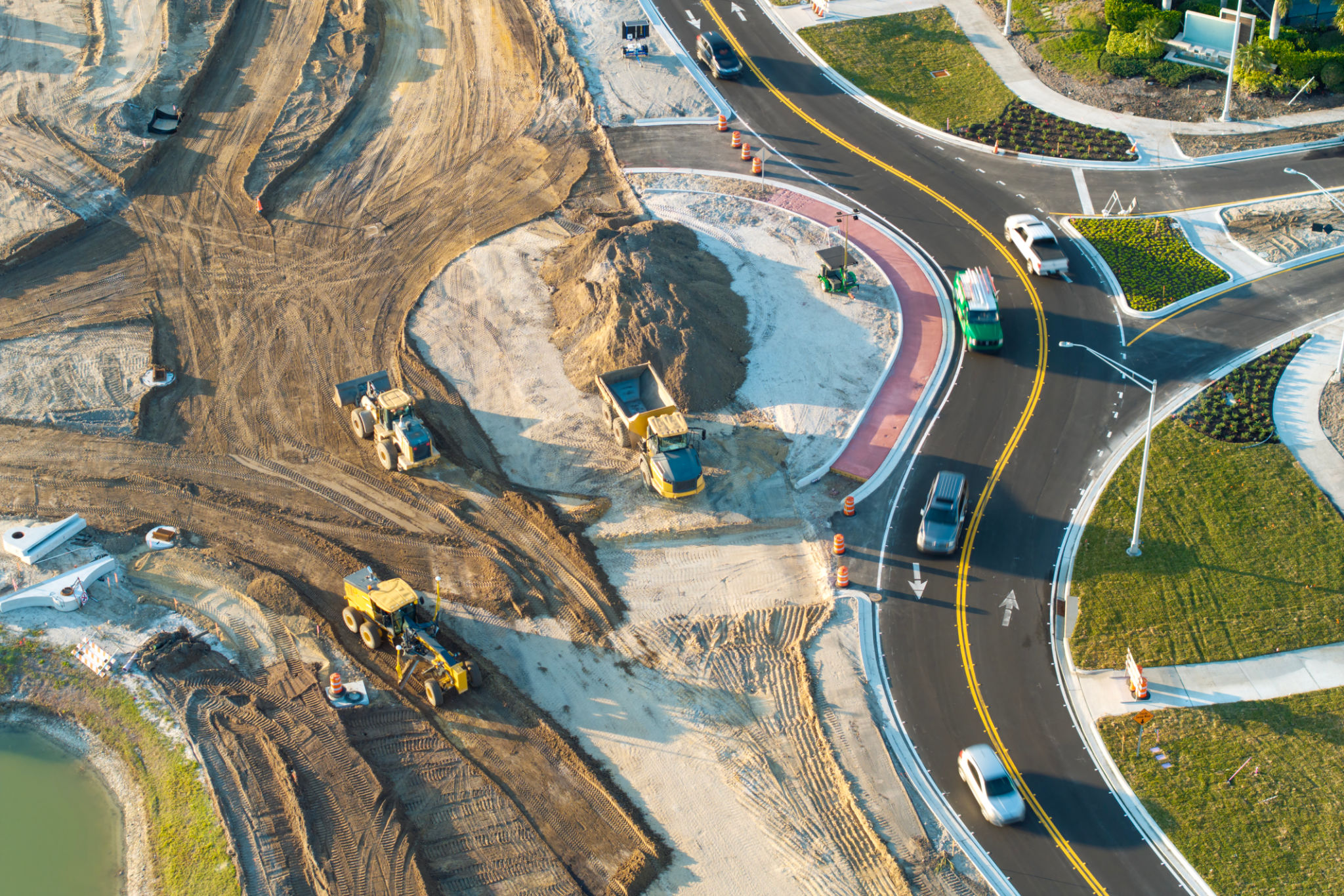Preparing for the Rainy Season in Fiji: Road Maintenance Tips
KT
Understanding the Importance of Road Maintenance
As the rainy season approaches in Fiji, ensuring that roads are well-maintained becomes crucial for safety and accessibility. The tropical climate, with its heavy downpours, can pose significant challenges to road infrastructure. Proper preparation can help mitigate damage and maintain road safety during these wet months.
Road maintenance not only improves driving conditions but also extends the lifespan of the infrastructure. By addressing potential issues before they escalate, road authorities can prevent costly repairs in the future. Thus, understanding the importance of regular maintenance is key to keeping the roads in top condition during the rainy season.

Inspecting and Cleaning Drainage Systems
One of the first steps in preparing for the rainy season is inspecting and cleaning drainage systems. Blocked drains can lead to flooding, causing significant damage to road surfaces and the surrounding environment. Regular inspections ensure that water flows away efficiently, reducing the risk of water-related damage.
Road maintenance teams should focus on clearing debris, leaves, and other obstructions from drainage channels. This proactive measure can prevent water from accumulating on road surfaces, thereby maintaining their integrity and reducing hazards.
Repairing Potholes and Cracks
Potholes and cracks are common road issues that can worsen during the rainy season due to increased water exposure. Addressing these problems before the rains begin is essential to minimize deterioration. Quick repairs using appropriate materials can prevent further damage and ensure smoother driving conditions.

It's advisable to use durable materials that can withstand heavy rain and traffic. By sealing cracks and filling potholes, road maintenance teams can enhance road safety and reduce maintenance costs in the long run.
Enhancing Road Markings and Signage
Visibility is often compromised during heavy rain, making clear road markings and signage crucial for driver safety. Before the rainy season starts, it's important to refresh faded markings and ensure all signs are visible and secure.
Using reflective materials for road markings and signs can improve visibility during low-light conditions typical of rainy days. This ensures that drivers can navigate the roads safely, even in adverse weather conditions.

Conducting Regular Road Inspections
Regular road inspections are vital in identifying potential issues before they become significant problems. These inspections should be conducted throughout the year but are especially important before and during the rainy season. Consistent monitoring allows maintenance teams to address issues promptly, ensuring that roads remain safe and functional.
Inspections should include evaluating road surfaces, drainage systems, and surrounding vegetation that might impact road safety. By staying vigilant, road authorities can maintain a high standard of road quality, even during challenging weather conditions.
Engaging Community Participation
Community involvement can play a significant role in maintaining roads during the rainy season. By encouraging local residents to report any road issues they encounter, authorities can address problems more efficiently. This collaborative approach ensures that no issue goes unnoticed and that roads are safer for everyone.
Public awareness campaigns can educate communities about the importance of road maintenance and how they can contribute. This collective effort fosters a sense of responsibility and cooperation among residents, leading to better maintained roads.

